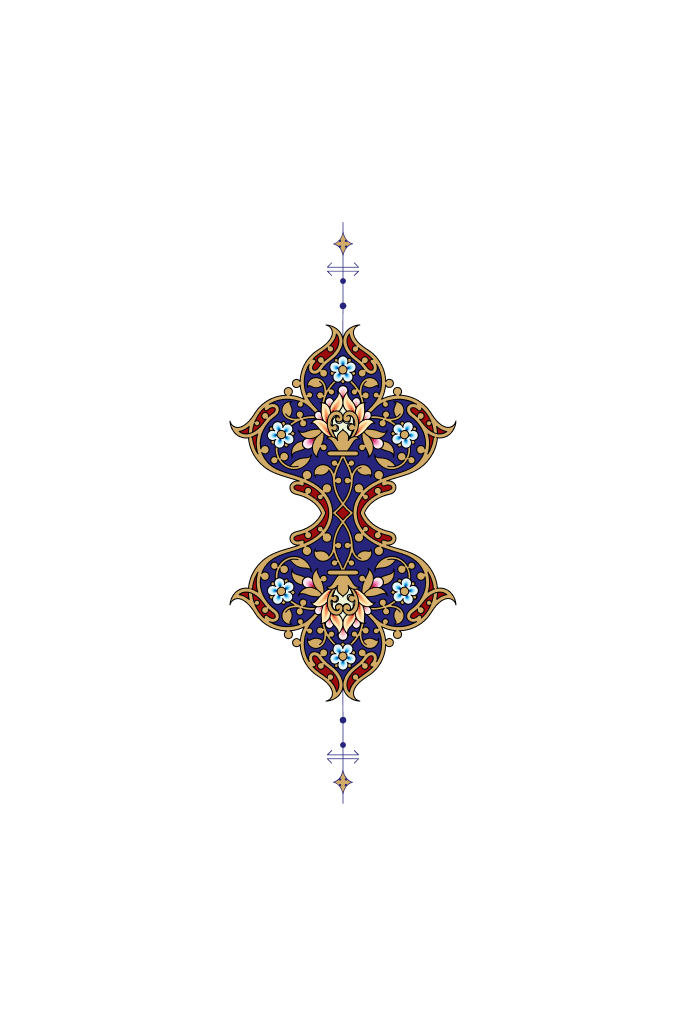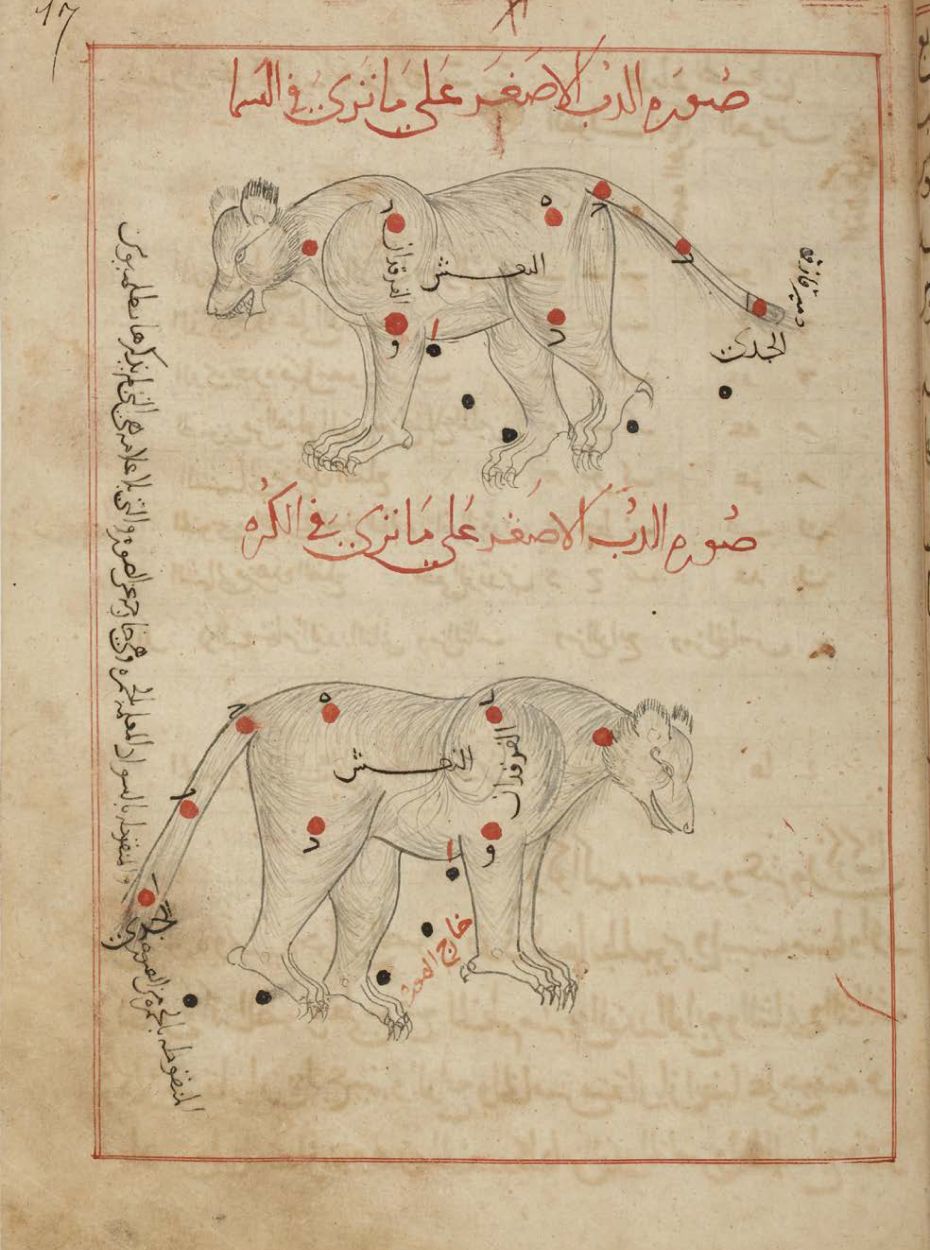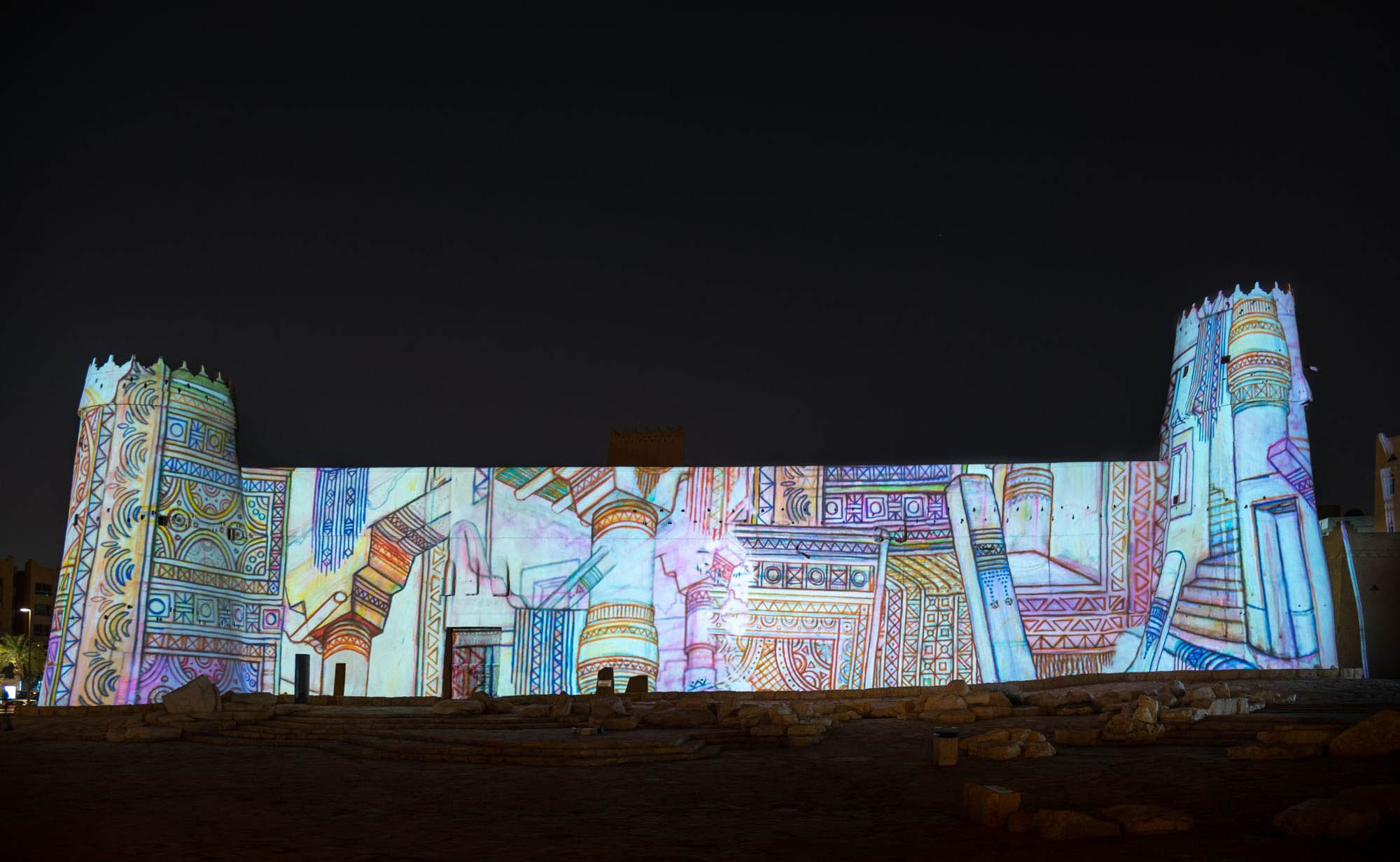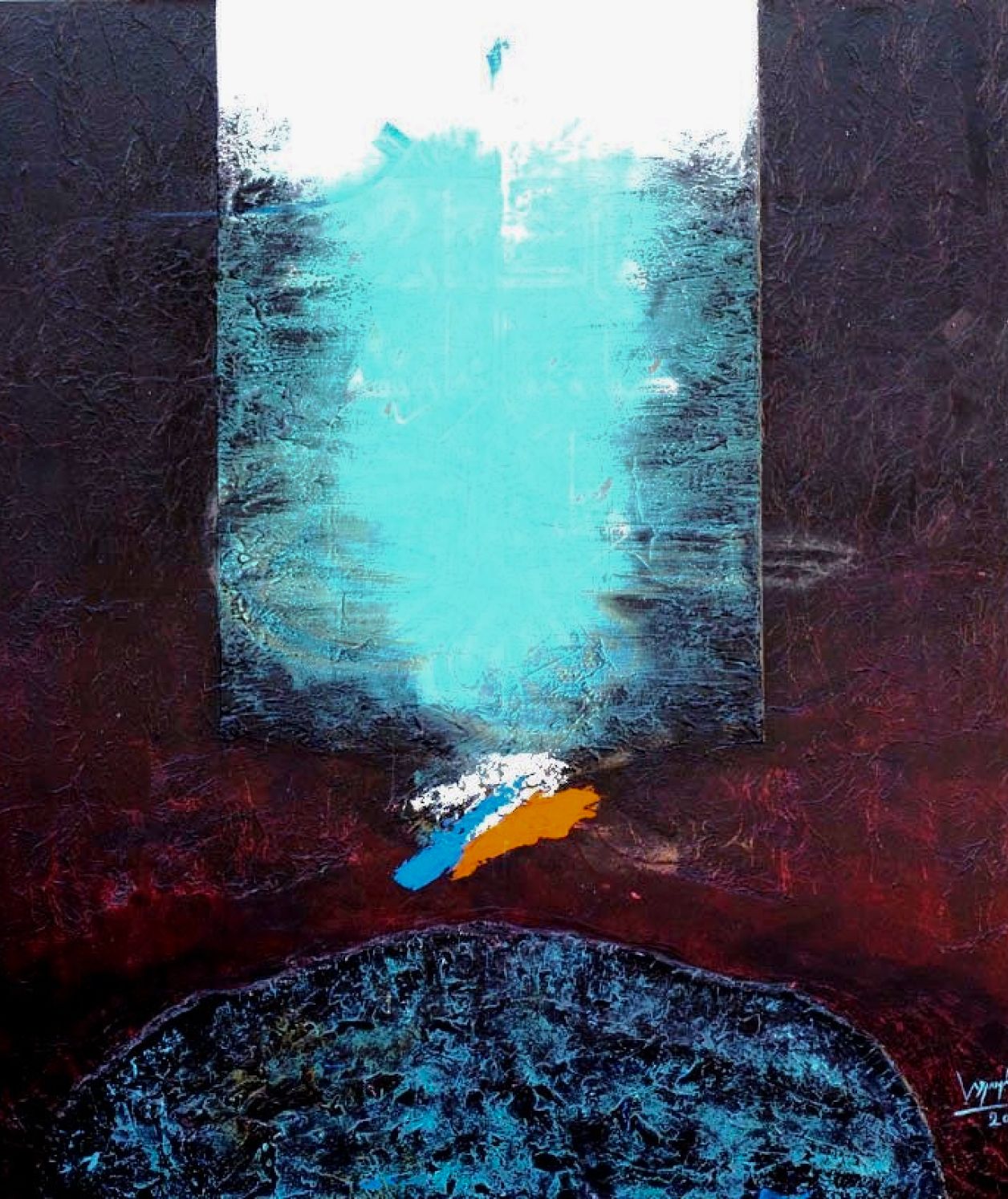The Bright Lights in the Sky Direct Us Back Home
ʻAbd al-Rahman ibn ʻUmar al-Sufi and Qazwīnī, Zakarīyā ibn Muḥammad, Kitāb ṣuwar al-kawākib (Book of the constellations of the fixed stars) and Kitāb ‘Ajā’ib al-makhlūqāt wa-gharā’ib al- mawjūdāt (The wonders of creation), 1300‒1700, National Library of France.
Who am I but another Arab in a long line of Arabs who looks up at the night sky and sees the beauty of lights? Our ancestors include Al-Khwarizmi, Omar Khayyám, Al-Farghani, and other Arabs or Muslim Astronomers who paved the way for contemporary science. I felt that connection in AlUla where you can see the night lights in such clarity. Some parts of Saudi have ideal typography to reduce light pollution and allow the stars to shine clear and gorgeous. As a student of those that came before me, I wanted to learn more.



Although ancient Egyptians and Mesopotamians used their mythologies to map out the stars and their movements relating it to their belief systems and preferences, the story of astronomy in the Arab world starts with Bedouins, the ingenious experts of travel in the desert. The days are hot, especially in the summer, so they depended on the position of the stars to guide them. However, the stars aren’t always in the same position every night. The travelers learned to calculate the movement of the stars and their shifts as well as their trajectories. Remembering the stars would’ve been extremely difficult without giving them names, stories, objectives, and life. Of course, there are other uses like knowing the seasons, as lights that clear their paths, and using them to share stories and sayings. It’s thanks to the Book of Fixed Stars written by the Muslim astronomer Abd al-Rahman al-Sufi that we have any knowledge of the names of the stars in Arabic, which is still in use today.
The interconnectedness of the stories is truly fascinating. The story goes that Suhail (Lambda Velorum) had a wife, the brightest star in ultraviolet Adhara (aka the virgin or the nymph), whom he killed. In fear of Adhara’s brothers’ revenge, he ran south. He also killed Naash, whose daughters also want revenge. Naash’s daughters are the same constellations that make up the Ursa Major and Minor constellations. In their grief, they swore they wouldn’t bury their father’s body until they exacted their revenge and so they carry around their father’s body. Suhail also had two sisters, the two brightest stars, Yemeni (aka Sirius) and Shami (aka Procyon), who wanted to follow their brother. Yemeni ran after her brother and passed the sea in the sky into Yemeni’s side. Meanwhile, Shami was not able to do so as she was the frailer of the sisters and so she stayed by the river crying over her distance from her siblings until her eyes became clammy (or Ghamas in Arabic), hence why she is also known as Alghamaissaa.
Another story related to Suhail is the story of the star Thuraya (the Pleiades or the seven sisters). Known for its beauty, all the stars were in love with her, especially Aldeberan (Alpha Tauri), but she only had eyes for Suhail. So, she refused all those who proposed in hopes that Suhail might love her back. Even when the Moon tried to appeal to her, she refused Aldeberan for being too simple despite him offering all his sheep to her. Thuraya became hopeful when Suhail killed his wife but was once again disappointed when he fled to the south and still Aldeberan never gave up on her. Thuraya’s story inspired the saying “More loyal than Aldebaran and more treacherous than Al-Thuraya.” Although the saying is unfair to Thuraya (she’s just not into him), she was remembered and immortalized.

ʻAbd al-Rahman ibn ʻUmar al-Sufi and Qazwīnī, Zakarīyā ibnMuḥammad, Kitāb ṣuwar al-kawākib (Book of the constellations of the fixed stars) and Kitāb ‘Ajā’ib al-makhlūqāt wa-gharā’ib al- mawjūdāt (The wonders of creation), 1300‒1700, National Library of France.
These stories helped travelers through the ages remember the position of the bright lights in the sky and which areas they fell into. This is how our ancestors traveled, using varying lights to know where different areas lay. The question is why do we rely so heavily on Greek or Roman narratives and why aren’t ours as familiar to us?
I will leave the answer to those questions to those who keep looking towards the lights of the skies, the twinkling little stars, and keep asking them for their secrets that may inform us of our heritage, the astronomical understanding of the universe, and the beauty of reflection and connection.


